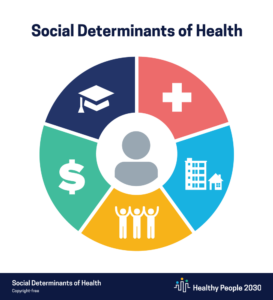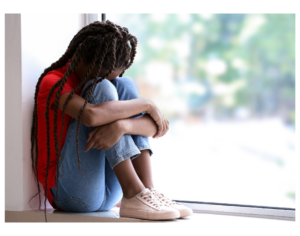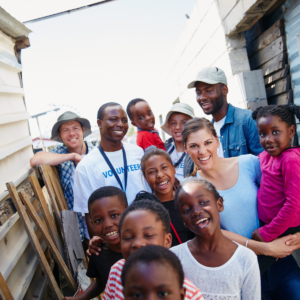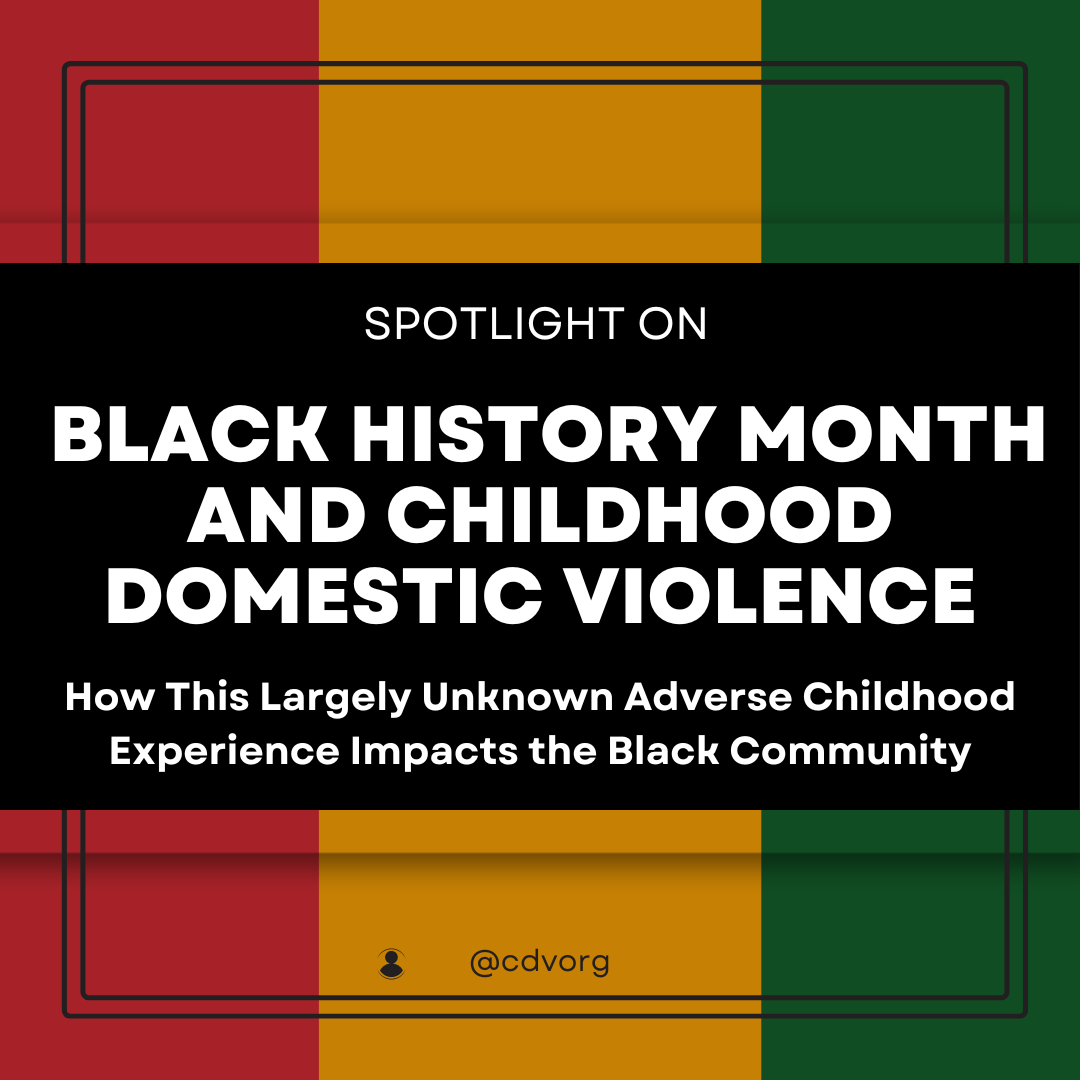When you grow up living in a home with domestic violence, that’s Childhood Domestic Violence (CDV). It is the least known and understood adverse childhood experiences (ACE). Like all the other ACEs, it has been found to have a more negative impact on minority groups, including the black community.
To combat the crippling effects that ACEs have on minorities, it is important to look more specifically into why they occur at greater rates. The solutions to aid these populations will also require different approaches. An understanding of context is also needed.
Why do Adverse Childhood Experiences (ACEs) have a greater impact on the black community?
ACEs do not discriminate as they break through all barriers of race, nationality, socioeconomics, and religion. But ACEs tend to have more of an impact on communities with minority populations. Also, in these communities, there is evidence that there are greater economic and educational inequities.
 |
The U.S. Department of Health and Human Services labels these societal inequities as social determinants of health: where people are born, grow, live and age. Where there are inequities, there is less money and resources for the population and the ACEs rate for individuals rises.
ACE studies fortunately are continually evolving. Many in the social services fields are beginning to look at where multiple ACEs occur. The focus can shift to these communities. |
Statistics of domestic violence within the community
Research shows that blacks experience domestic violence at greater rates than other races:
-
- Approximately half (41.7%) of US Black women, including Caribbean women, currently comprising of one of the fastest-growing ethnic groups, have reported physical intimate victimization in their lifetime
- Statistics indicate the rate of child abuse among African Americans in the United States is second highest only to American Indian and Alaskan Native
- Black women are about three times more likely to die at the hands of a partner or ex-partner than members of other racial groups
- Between 1993 and 1998, black males experienced intimate partner violence at a rate about 62 percent higher than that of white males. This was also about 22 times the rate of men of other races
- Domestic violence among African American teens is twice the rate of white teens. A 2003 national study of high school students revealed that almost 14 percent of African American youth compared to 7 percent of white youth reported that a partner hit or slapped them on purpose
What do domestic violence statistics have to do with Childhood Domestic Violence in the black community?
The above statistics indicate that neighborhood violence and intimate partner violence have an impact on the children that witness this violence, in the home and in the streets. Due to ACEs caused by the social determinants mentioned earlier, these children may be faced with the same issues into adulthood. They may face the same lack of educational and economic opportunities the caregivers did not have. The cycle of multiples ACEs will continue.
| CDV like all ACEs are more likely to occur when a caregiver’s ability to provide stability is impacted. The stress faced by these caregivers, transfers to the children when the basics of living can’t be provided for. Emotional health of these adults can be impaired. It can lead to children being neglected or abused. |  |
What is distinct when it comes to understanding Childhood Domestic Violence in the black community?
Racism cannot be ignored when it comes to addressing the plight of domestic violence and childhood domestic violence (CDV). Childwelfare.gov describes structural racism: the result of the accumulation of historical and cultural factors that have allowed racial inequities to endure and adapt over time.
This structural racism does exist within public policy, institutions, such as racial profiling and disproportionate criminal sentencing. The inequities faced in the black community do not solely stem from structural racism. But they do compound what already exists in these communities. There is greater poverty, less education, and multiple ACEs at a higher rate than other populations. They also include greater rates of CDV and domestic violence.
How to combat childhood domestic violence (CDV) and other ACEs in the community
Those in the field need to treat the black community the way they would all at-risk groups facing multiple ACEs. However, there are some distinct approaches that need to be taken as well.
Those in the field must have more context to address the needs of the black community, taking into account issues of structural racism and paying more attention to cultural differences. Also it aids to learn more about family structure and religion that may be specific to these communities.
Childwelfare.gov also talks about historical trauma, which is an intergenerational trauma- either a catastrophic event or series of events. Slavery is the most impactful historical trauma for the black community and is important along with issues of race and culture to have more success in eliminating CDV and other ACEs.
How you can help stem the tide of ACEs in the black community
 |
As an individual, perhaps volunteering in your local community nonprofit is an idea. But if you are not sure where to start, look into our online Change A Life program. It’s a 1-hour free resource, endorsed by UNICEF. It provides a variety of resources and tools to give you the means to be that responsible and caring adult for a child at risk. YOU can be THE ONE, right away. |
As an individual, you can help a child that is at risk of growing up to face the same adversities as their caregiver. The solution is always two-fold- helping a child build resilience and foster healthy relationships. You can step in to pay attention or listen to a child at risk. Then, encourage them to learn a new hobby, show them in your acts what a responsible and caring adult, even a role model looks like.
Although CDV impacts people across all races, there does need to be a greater awareness and desire to understand the black community better. This will stem the issues of structural racism and cultural misconceptions within society. The result will be the reduction of high rates of multiple ACEs.
If this greater awareness and understanding of the solutions can be achieved, it will tackle not only the social inequities that may exist. It will also decrease one of the most devastating ACEs – CDV, that impacts millions, every generation.

